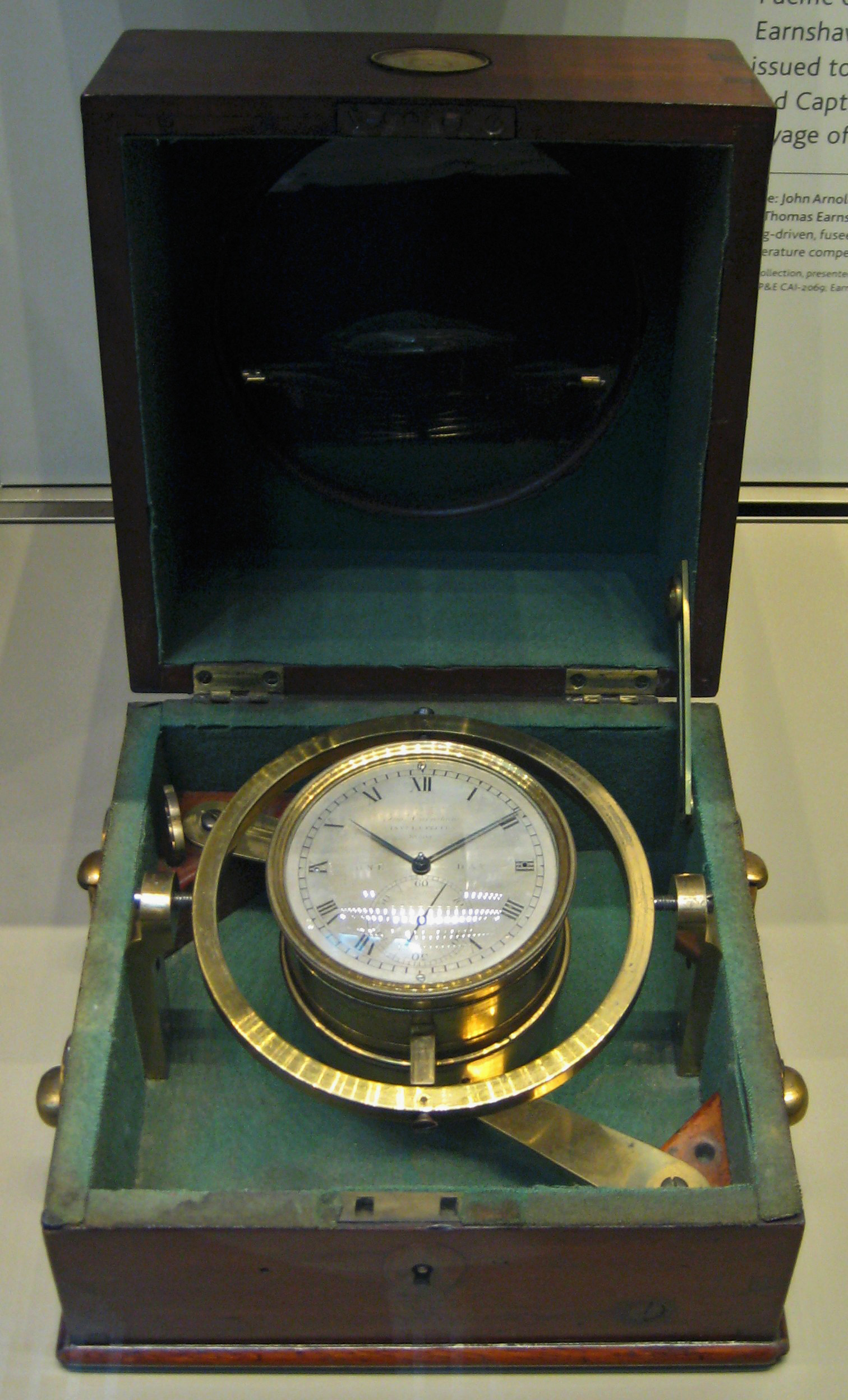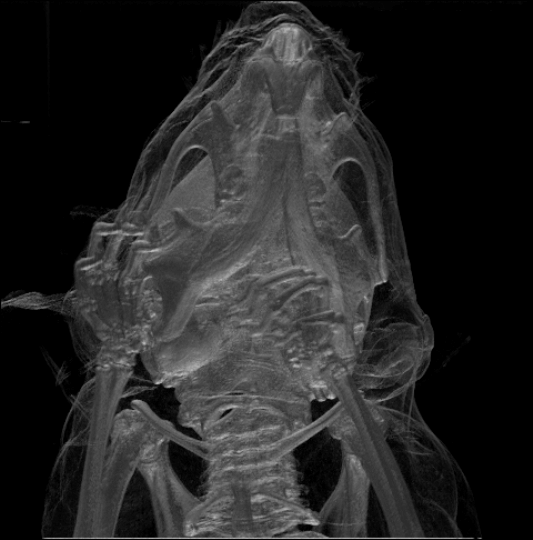|
Toxodon
''Toxodon'' (meaning "bow tooth" in reference to the curvature of the teeth) is an extinct genus of large ungulate native to South America from the Pliocene to the end of the Late Pleistocene. ''Toxodon'' is a member of Notoungulata, an order of extinct South American native ungulates distinct from the two living ungulate orders that had been indigenous to the continent for over 60 million years since the early Cenozoic, prior to the arrival of living ungulates into South America around 2.5 million years ago during the Great American Interchange. ''Toxodon'' is a member of the family Toxodontidae, which includes medium to large sized herbivores. ''Toxodon'' was one of the largest members of Toxodontidae and Notoungulata, with ''Toxodon platensis'' having an estimated body mass of . Remains of ''Toxodon'' were first collected by Charles Darwin during the voyage of the Beagle in 1832-33, and later scientifically named by Richard Owen in 1837. Both Darwin and Owen were puzzled by ... [...More Info...] [...Related Items...] OR: [Wikipedia] [Google] [Baidu] |
Notoungulata
Notoungulata is an extinct order of ungulates that inhabited South America from the early Paleocene to the end of the Pleistocene, living from approximately 61 million to 11,000 years ago. Notoungulates were morphologically diverse, with forms resembling animals as disparate as rabbits and rhinoceroses. Notoungulata are the largest group of South American native ungulates, with over 150 genera in 14 families having been described, divided into two major subgroupings, Typotheria and Toxodontia. Notoungulates first diversified during the Eocene. Their diversity declined from the late Neogene onwards, with only the large Toxodontidae, toxodontids persisting until the end of the Pleistocene (with ''Mixotoxodon'' expanding into Central America and southern North America), perishing as part of the Late Pleistocene extinctions, Late Pleistocene megafauna extinctions along with most other large mammals across the Americas. Collagen sequence analysis suggests that notoungulates are closely ... [...More Info...] [...Related Items...] OR: [Wikipedia] [Google] [Baidu] |
Toxodontidae
Toxodontidae is an extinct family of notoungulate mammals, known from the Oligocene to the Holocene (11,000 BP) of South America, with one genus, '' Mixotoxodon'', also known from the Pleistocene of Central America and southern North America (as far north as Texas). Member of the family were medium to large-sized, ranging from around in '' Nesodon'' to in '' Toxodon'', and had medium to high-crowned dentition, which in derived members of the group evolved into ever-growing cheek teeth. Isotopic analyses have led to the conclusion that Pleistocene members of the family were flexible mixed feeders (both browsing and grazing). Taxonomy The endemic notoungulate and litoptern ungulates of South America have been shown by studies of collagen and mitochondrial DNA sequences to be a sister group to the perissodactyl Perissodactyla (, ), or odd-toed ungulates, is an order of Ungulate, ungulates. The order includes about 17 living species divided into three Family (biology), fa ... [...More Info...] [...Related Items...] OR: [Wikipedia] [Google] [Baidu] |
Late Pleistocene Extinctions
The Late Pleistocene to the beginning of the Holocene saw the extinction of the majority of the world's megafauna, typically defined as animal species having body masses over , which resulted in a collapse in faunal density and diversity across the globe. The extinctions during the Late Pleistocene are differentiated from previous extinctions by their extreme size bias towards large animals (with small animals being largely unaffected), and widespread absence of ecological succession to replace these extinct megafaunal species, and the regime shift of previously established faunal relationships and habitats as a consequence. The timing and severity of the extinctions varied by region and are generally thought to have been driven by humans, climatic change, or a combination of both. Human impact on megafauna populations is thought to have been driven by hunting ("overkill"), as well as possibly environmental alteration. The relative importance of human vs climatic factors in the ... [...More Info...] [...Related Items...] OR: [Wikipedia] [Google] [Baidu] |
Second Voyage Of HMS Beagle
The second voyage of HMS ''Beagle'', from 27 December 1831 to 2 October 1836, was the second survey expedition of HMS Beagle, HMS ''Beagle'', made under her newest commander, Robert FitzRoy. FitzRoy had thought of the advantages of having someone onboard who could investigate geology, and sought a natural history, naturalist to accompany them as a wikt:supernumerary, supernumerary. At the age of 22, the graduate Charles Darwin hoped to see the tropics before becoming a parson, and accepted the opportunity. He was greatly influenced by reading Charles Lyell's ''Principles of Geology'' during the voyage. By the end of the expedition, Darwin had made his name as a geologist, and fossil collector, and the publication of his journal (later known as ''The Voyage of the Beagle'') gave him wide renown as a writer. ''Beagle'' sailed across the Atlantic Ocean, and then carried out detailed hydrographic surveys around the coasts of southern South America, returning via Tahiti and Australia ... [...More Info...] [...Related Items...] OR: [Wikipedia] [Google] [Baidu] |
Great American Interchange
The Great American Biotic Interchange (commonly abbreviated as GABI), also known as the Great American Interchange and the Great American Faunal Interchange, was an important late Cenozoic paleozoogeographic biotic interchange event in which land and freshwater fauna (animals), fauna migrated from North America to South America via Central America and vice versa, as the volcanic Isthmus of Panama rose up from the sea floor, forming a land bridge between the previously separated continents. Although earlier dispersals had occurred, probably over water, the migration accelerated dramatically about 2.7 million years (Ma (unit), Ma) ago during the Piacenzian age. It resulted from the joining of the Neotropical realm, Neotropic (roughly South American) and Nearctic realm, Nearctic (roughly North American) biogeographic realms definitively to form the Americas. The interchange is visible from observation of both biostratigraphy and nature (neontology). Its most dramatic effect is on the ... [...More Info...] [...Related Items...] OR: [Wikipedia] [Google] [Baidu] |
South American Native Ungulates
South American native ungulates, commonly abbreviated as SANUs, are extinct ungulate-like mammals that were indigenous to South America from the Paleocene (from at least 63 million years ago) until the end of the Late Pleistocene (~12,000 years ago). They represented a dominant element of South America's Cenozoic terrestrial mammal fauna prior to the arrival of living ungulate groups in South America during the Pliocene and Pleistocene as part of the Great American Interchange. They comprise five major groups conventionally ranked as orders— Astrapotheria, Litopterna, Notoungulata, Pyrotheria, and Xenungulata—as well as the primitive " condylarth" groups Didolodontidae and Kollpaniinae. It has been proposed that some or all of the members of this group form a clade, named Meridiungulata, though the relationships of South American ungulates remain largely unresolved. The two largest groups of South American ungulates, the notoungulates and the litopterns, were the only grou ... [...More Info...] [...Related Items...] OR: [Wikipedia] [Google] [Baidu] |
Charles Darwin
Charles Robert Darwin ( ; 12 February 1809 – 19 April 1882) was an English Natural history#Before 1900, naturalist, geologist, and biologist, widely known for his contributions to evolutionary biology. His proposition that all species of life have descended from a Common descent, common ancestor is now generally accepted and considered a fundamental scientific concept. In a joint presentation with Alfred Russel Wallace, he introduced his scientific theory that this Phylogenetics, branching pattern of evolution resulted from a process he called natural selection, in which the struggle for existence has a similar effect to the artificial selection involved in selective breeding.. Darwin has been described as one of the most influential figures in human history and was honoured by Burials and memorials in Westminster Abbey, burial in Westminster Abbey. Darwin's early interest in nature led him to neglect his medical education at the University of Edinburgh Medical Schoo ... [...More Info...] [...Related Items...] OR: [Wikipedia] [Google] [Baidu] |
Megatherium
''Megatherium'' ( ; from Greek () 'great' + () 'beast') is an extinct genus of ground sloths endemic to South America that lived from the Early Pliocene through the end of the Late Pleistocene. It is best known for the elephant-sized type species ''Megatherium americanum'', primarily known from the Pampas, but ranging southwards to northernmost Patagonia and northwards to southern Bolivia during the late Middle Pleistocene and Late Pleistocene. Various other species belonging to the subgenus ''Pseudomegatherium'' ranging in size comparable to considerably smaller than ''M. americanum'' are known from the Andean region. The first (holotype) specimen of ''Megatherium'' was discovered in 1787 on the bank of the Luján River in what is now northern Argentina. The specimen was then shipped to Spain the following year wherein it caught the attention of the French paleontologist Georges Cuvier, who named the animal in 1796 and was the first to determine, by means of comparative anato ... [...More Info...] [...Related Items...] OR: [Wikipedia] [Google] [Baidu] |
Rodent
Rodents (from Latin , 'to gnaw') are mammals of the Order (biology), order Rodentia ( ), which are characterized by a single pair of continuously growing incisors in each of the upper and Mandible, lower jaws. About 40% of all mammal species are rodents. They are native to all major land masses except for Antarctica, and several oceanic islands, though they have subsequently been introduced to most of these land masses by human activity. Rodents are extremely diverse in their ecology and lifestyles and can be found in almost every terrestrial habitat, including human-made environments. Species can be arboreal, fossorial (burrowing), saltatorial/ricochetal (leaping on their hind legs), or semiaquatic. However, all rodents share several morphological features, including having only a single upper and lower pair of ever-growing incisors. Well-known rodents include Mouse, mice, rats, squirrels, prairie dogs, porcupines, beavers, Cavia, guinea pigs, and hamsters. Once included wi ... [...More Info...] [...Related Items...] OR: [Wikipedia] [Google] [Baidu] |
Pachydermata
Pachydermata (meaning 'thick skin', from the Greek , and ) is an obsolete order of mammals described by Gottlieb Storr, Georges Cuvier, and others, at one time recognized by many systematists. The term ' is commonly used to describe elephants, rhinoceroses, hippopotamuses and tapirs. The grouping was determined to be artificial as a biological classification due to genetic studies. Description Pachydermata is an obsolete order of mammals described by Gottlieb Storr, Georges Cuvier, and others, at one time recognized by many systematists. The grouping is polyphyletic, so the order is no longer in use as a biological classification. Outside strict biological classification, the related term ' is commonly used to describe elephants, rhinoceroses, hippopotamuses and tapirs. Cuvier himself defined ''Pachydermata'' as "animals with hoofs, non ruminants", whereas Storr had described it as "mammals with hoofs with more than two toes". The classification ''Pachydermata'' included t ... [...More Info...] [...Related Items...] OR: [Wikipedia] [Google] [Baidu] |
Dugong
The dugong (; ''Dugong dugon'') is a marine mammal. It is one of four living species of the order Sirenia, which also includes three species of manatees. It is the only living representative of the once-diverse family Dugongidae; its closest modern relative, Steller's sea cow (''Hydrodamalis gigas''), was hunted to extinction in the 18th century. The dugong is the only sirenian in its range, which spans the waters of some 40 countries and territories throughout the Indo-West Pacific. The dugong is largely dependent on seagrass communities for subsistence and is thus restricted to the coastal habitats that support seagrass meadows, with the largest dugong concentrations typically occurring in wide, shallow, protected areas such as bays, mangrove channels, the waters of large inshore islands, and inter-reefal waters. The northern waters of Australia between Shark Bay and Moreton Bay are believed to be the dugong's contemporary stronghold. Like all modern sirenians, the d ... [...More Info...] [...Related Items...] OR: [Wikipedia] [Google] [Baidu] |







